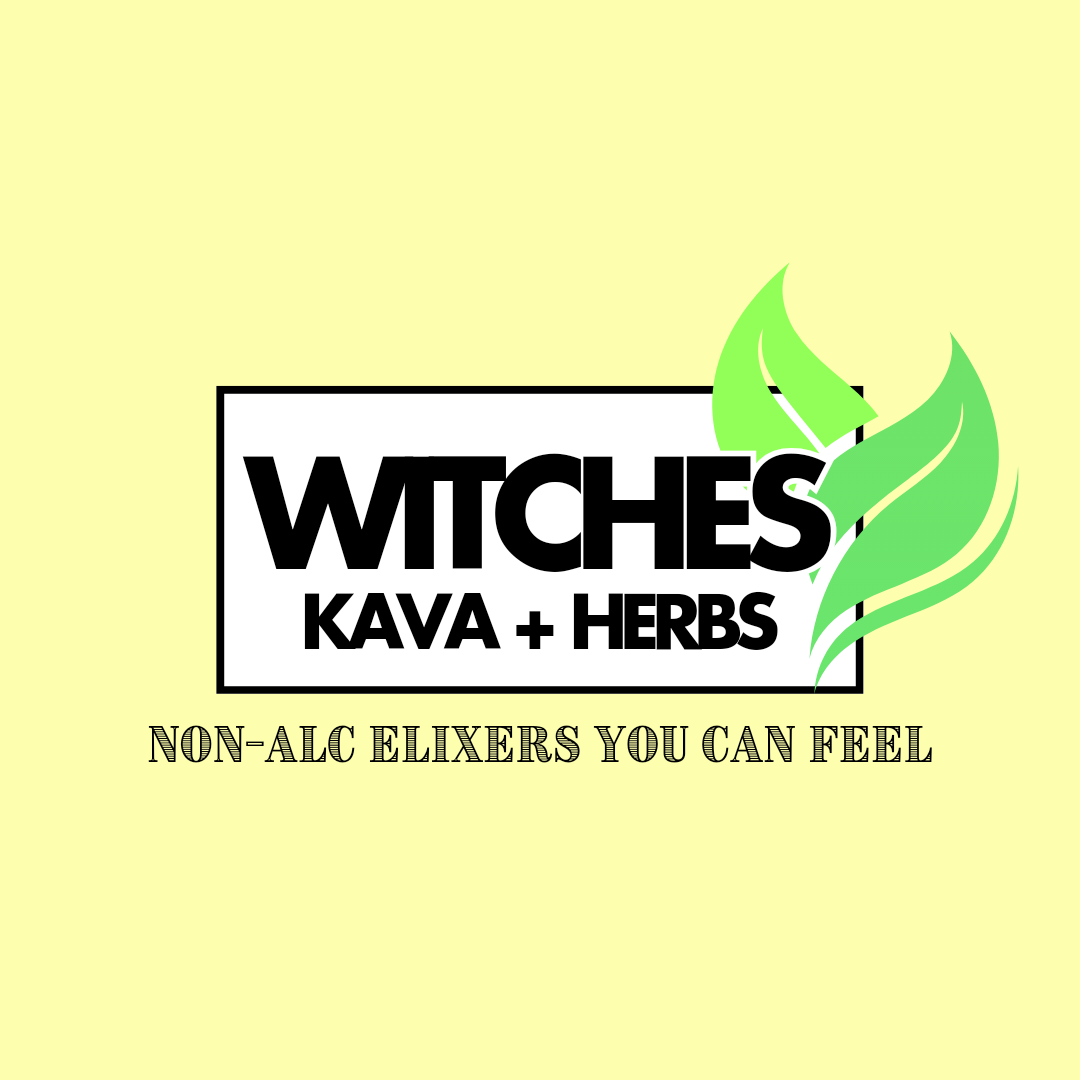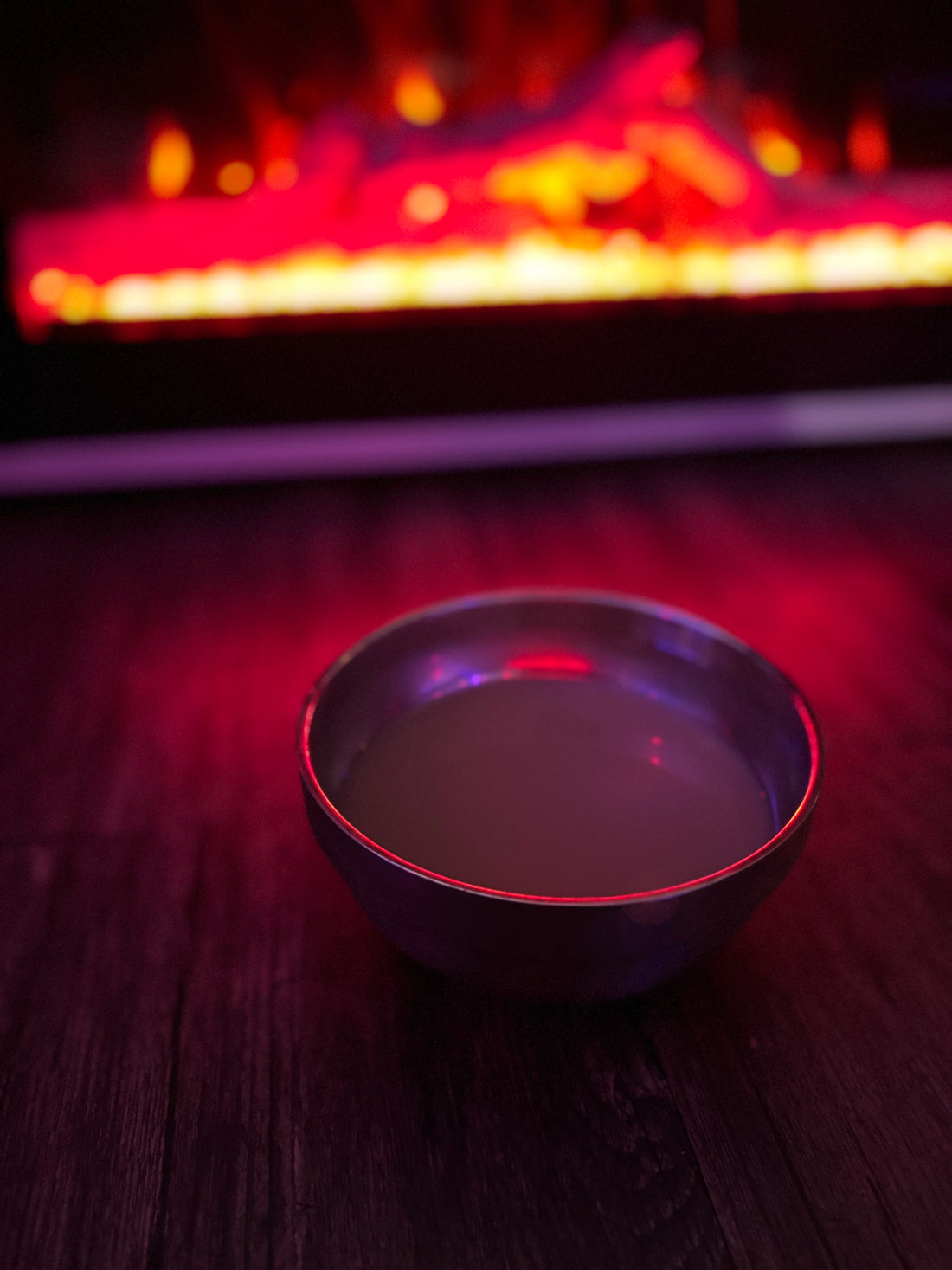Ever wondered about the roots of Kava?
For centuries, Kava has played a central role in traditional ceremonies across the South Pacific. Fast forward to today, and the soothing properties of the Kava plant are embraced not only in the United States but also worldwide. But the question lingers: where did Kava originally come from, and how did it gain popularity?
In this exploration, we'll delve into the origins of Kava and shed light on how the modern world incorporates and enjoys the Kava root. By the time you finish reading, you'll be armed with all the information necessary to make an informed decision on whether to venture into the world of Kava drinks and products.
Let's unravel the essence of Kava.
The Kava we consume traces its roots back to the plant's very core. Renowned for its knack in soothing everyday anxiety, the Kava plant goes by the colloquial terms kava-kava or simply 'ava' in various Pacific island regions.
At the heart of Kava's magic are kavalactones, a diverse set of biologically active compounds exceeding 100 forms, known for their support across a spectrum of bodily structures and functions. These kavalactones play a pivotal role in engaging with GABA receptors scattered throughout the brain, crucial for inducing relaxation and promoting sound sleep.
While Kava traditionally hails from the South Pacific, its appeal has transcended borders in contemporary times. Global establishments, ranging from bars to lounges, now offer this ancient elixir as a means of relaxation. Kava steps up as a compelling option for managing occasional stress or addressing sporadic sleep difficulties, presenting a noteworthy alternative to conventional relaxation methods.
The world of Kava unfolds in various forms – capsules, powders, extracts, and beverages. Directly chewing Kava roots or incorporating them into water for preparation is a common practice, with powdered variants often filtered before consumption.
The scientific nomenclature, Piper methysticum, designates Kava, believed by researchers to have originated from the remote Pentecost Island in the Vanuatu archipelago. Over time, its cultivation spread eastward across the South Pacific, reaching Fiji, Tonga, Micronesia, Samoa, French Polynesia, and even extending to the Hawaiian Islands through the early Pacific Islands navigators. Although the exact origin remains elusive, scholars propose that Kava underwent a process of "domestication" from its wild form on Pentecost Island. Evidence suggests that local populations have been cultivating and consuming the plant for at least three millennia.
In Samoan lore, Kava assumes divine origins, believed to be a blessing bestowed upon humanity by the gods. The mythological narrative traces back to the blooming of beautiful plants from the grave of an unidentified Samoan princess. From this mythical genesis, Kava seamlessly integrated into the spiritual and social fabric of Pacific Island cultures, evolving from a once-mythical seedling into an integral part of their lives.
Exploring Kava's Roots
The global recognition of kava has surged in recent times, thanks to its ability to induce a calming effect on both body and mind—a natural remedy widely embraced for alleviating occasional stress. Its consumption has now spread across regions spanning Australia, New Zealand, Asia, North America, and Europe.
Tracing back through its enchanting history, kava has transcended its humble origins in the South Pacific islands to emerge as a worldwide phenomenon. Revered for its profound efficacy and rich cultural heritage, it has garnered a timeless appeal among those captivated by its enduring allure and extraordinary experiences.
The ancient tapestry of customs and rituals encapsulated in the kava ceremony, dating back centuries, adds another layer to its mystique. This ritual not only celebrates community unity but also serves as a bridge connecting humanity with divinity—an integral aspect that continues to enchant and resonate with those who appreciate the enduring charm of kava.
Delving into the Cultural Significance of Kava
To grasp the origins of kava consumption in the South Pacific islands, it's crucial to immerse ourselves in the intricate tapestry of their cultural and social milieu. Within the Pacific island context, kava held profound significance, embodying sacred offerings from the spirit realm and fostering social cohesion and harmony within communities.
In the traditional societies of the Pacific, the kava elixir played a pivotal role in a spectrum of events, from ceremonial gatherings and rituals to various social occasions. The preparation and consumption of kava were intricately woven into customs and protocols that paid homage to its spiritual essence. The ceremonial aspect took center stage, serving as the linchpin for fostering unity within communities through symbolic rituals.
The catalyst behind kava's effects lies in its active ingredients, the kavalactones. These compounds contribute to the relaxation and euphoria associated with kava, rendering it especially coveted during rituals and gatherings. Its presence in such settings helps cultivate an atmosphere conducive to peaceful interactions among participants, further emphasizing the integral role it plays within these cultural contexts.
Unraveling the Rich Tapestry of Kava Rituals and Ceremonies
Embedded within the heart of Pacific island cultures, kava brought forth a tapestry of rituals and ceremonies, most notably the diverse kava ceremonies that, while distinct in each community, shared certain common elements.
The initiation of kava ceremonies typically revolved around the meticulous selection and preparation of kava roots. Once readied, the roots underwent a ritualistic process of washing, pounding, and blending with water, often in a wooden bowl known as 'tanoa' in Fiji, 'kumete' in Tonga, or directly from a coconut shell in Vanuatu. At every juncture of this preparation, audible prayers or chants echoed, seeking blessings from both ancestors and deities for the sanctity of the kava root.
The consumption of kava unfolded as a sacred and symbolic act, integrated into a ceremonial setting where participants congregated in a circular formation. An official oversaw the proceedings, extending the ceremonial drink to each participant in adherence to stringent protocols. A coconut shell filled with kava would make its rounds, with each participant taking turns in partaking before returning for more.
These ceremonies weren't just about the consumption of a beverage; they were an integral part of auspicious gatherings where participants shared narratives, songs, and dances. Kava, acting as a cultural adhesive, played a pivotal role in the creation and preservation of robust communities and the oral history they held dear. It became the unifying force, bonding individuals within communities and fortifying the connections that bound them together.
Kava's Presence in the United States
The introduction of kava to the United States traces back to the Victorian era when astute entrepreneurs brought it in from Hawaii and various South Pacific islands. This sparked the emergence of Grog shops in major West Coast cities, where gatherings of men became a common sight, indulging in drinks crafted from kava roots mixed with alcohol or beer—often referred to as kava beverages. These concoctions, recognized for their potent calming properties, experienced a decline in popularity during the early 1900s.
As time unfolded, the allure of kava as a delightful social beverage transcended national borders. Notably, in Hawaii, a researcher observed in 1903 that no Hawaiian would return home without some form of 'awa root tied to their saddle, showcasing the cultural significance despite challenges posed by Western influence. Interestingly, there was a resurgence in interest in Hawaii, breathing new life into this traditional practice. From the period spanning late 1985 to 2004, the Alia Point Awa Nursery in Hilo played a pivotal role by distributing thousands of kava plants and disseminating information to farmers across Hawaii, encouraging the creation and commercialization of kava-based beverages.
It's worth noting that, akin to wine, many users report experiencing relaxation benefits when consuming kava, but without encountering negative side effects—an observation that further contributes to the growing appreciation for kava in the United States.
Traditions of kava are to be respected. It is a plant that has made it’s way to the United States. And is starting to be used in new and fun ways. That is ok! Some may beg to differ, but if we can get kava out to more communities it benefits these Islands of origin and it shares a love globally.
Brands like Witches Kava have been adding herbs to kava for a targeted supplement. Blends like Mood, Pain and Relax have hit the market. There are bars like Coastal Kava that make delicious kava egg nog or cinnamon toast crunch kava- and they are amazing! Power to the traditional drinkers, but it’s always good to have variety, and some can’t handle the bitter tastes kava is known for.
Whatever is in your cup- BULA to everyone! (to good life and health)

